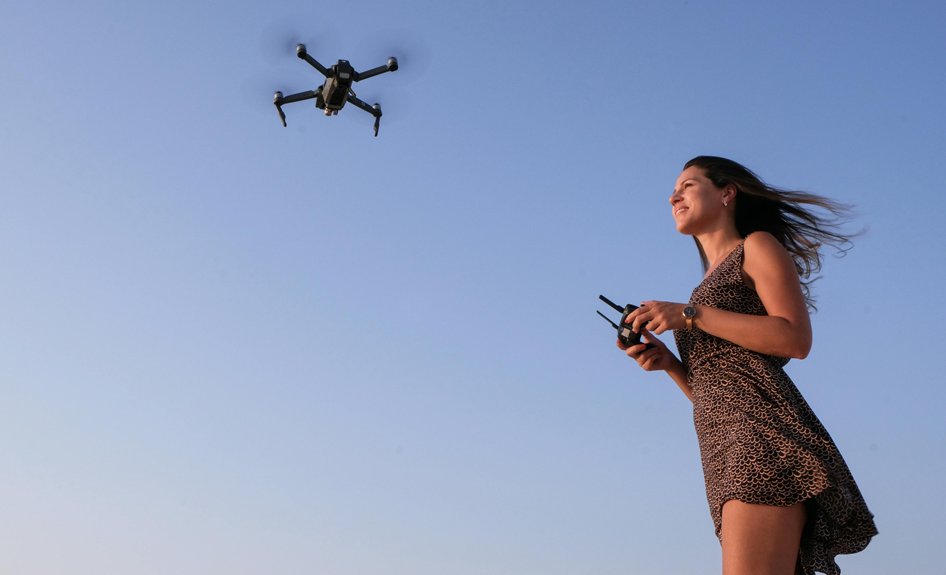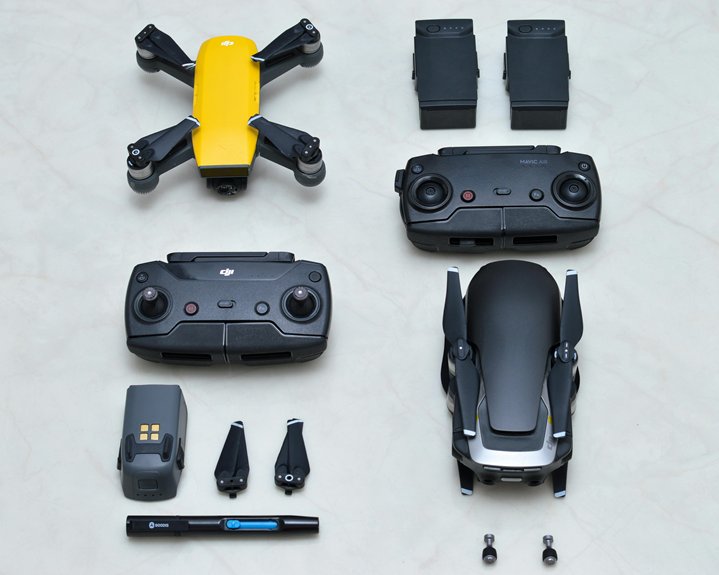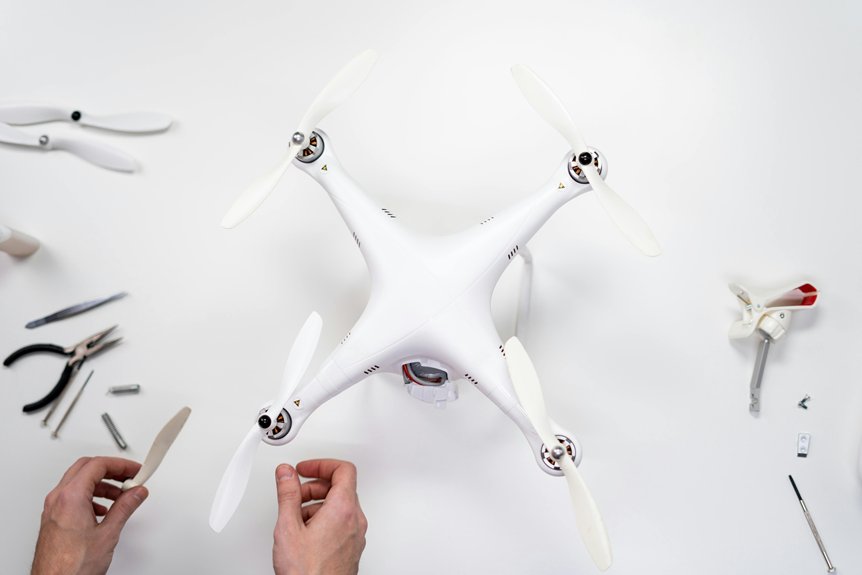Flying a drone in windy conditions can be tricky, but it doesn't have to be impossible. You need to understand how wind affects your drone and make smart choices about when and how to fly. Selecting the right drone and knowing the best operating techniques are crucial. If you're wondering what steps to take for a safe and successful flight, keep exploring the essential strategies that can make all the difference.
Understanding Wind Conditions and Their Impact on Drones
When you fly a drone, understanding wind conditions is crucial because even mild breezes can affect its stability and control. Wind can push your drone off course, making it harder to maintain a steady flight path.
You should always check local weather reports before you take off, as conditions can change quickly. Look out for gusts, which can be more damaging than steady winds, and remember that higher altitudes often experience stronger winds.
It's important to feel how your drone responds to varying wind conditions; practice in open areas to gain experience. If the winds pick up unexpectedly, don't hesitate to land your drone safely.
Prioritizing safety ensures enjoyable and successful flights, even when faced with challenging weather.
Choosing the Right Drone for Windy Weather
Choosing the right drone for windy weather is essential if you want to ensure a stable and controlled flight.
Look for drones with higher weight, as they tend to handle wind better. A quadcopter with a sturdy build and powerful motors will give you the stability you need.
Pay attention to the drone's wind resistance rating; a higher rating means it can withstand stronger gusts. Additionally, consider drones with advanced stabilization technology, which helps maintain balance during turbulent conditions.
You'll also want to check the maximum flight speed; faster drones can navigate wind more effectively.
Finally, ensure your drone has a reliable GPS system to aid in positioning and control when the wind picks up.
Tips for Safe Drone Operation in High Winds
Even with the right drone for windy conditions, operating it safely requires careful attention.
First, always check the wind speed before flying; avoid launching if it exceeds your drone's limits. Use a calm area for takeoff and landing, steering clear of obstacles that wind can cause your drone to collide with.
When flying, keep your drone low to the ground to minimize its exposure to gusts. Maintain a steady hand on the controls, and be ready to adjust your flight path quickly. Avoid sudden maneuvers, which can lead to loss of control.
Finally, monitor battery life closely, as high winds can drain it faster than usual. Stay alert, and be ready to land early if conditions worsen.
Post-Flight Considerations and Maintenance After Windy Flights
Although you may have successfully navigated your drone through windy conditions, it's crucial to conduct a thorough post-flight inspection and maintenance routine.
Start by checking for any visible damage to the propellers, body, and camera. Look for scratches, dents, or cracks that could affect performance.
Next, inspect the battery for any swelling or unusual wear. Clean the drone's sensors and lenses to ensure optimal functionality.
Additionally, verify that all components are securely attached and functioning correctly. If you experienced any unusual behavior during the flight, make a note of it for future reference.
Finally, store your drone in a safe, dry place to protect it from moisture and debris. Regular maintenance will keep your drone in top shape for future flights.
Conclusion
In conclusion, flying a drone in windy conditions requires careful preparation and quick thinking. Always check the wind speed before takeoff and choose a drone designed for stability in gusty weather. During your flight, stay alert and be ready to adapt your controls as needed. After landing, inspect your drone for any wear or damage caused by the wind. By following these steps, you can enjoy safer and more successful flights, even when the breeze picks up.



